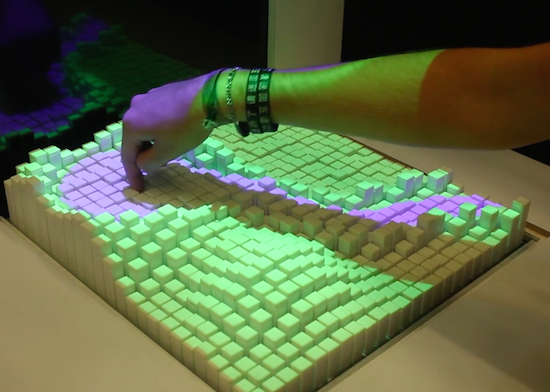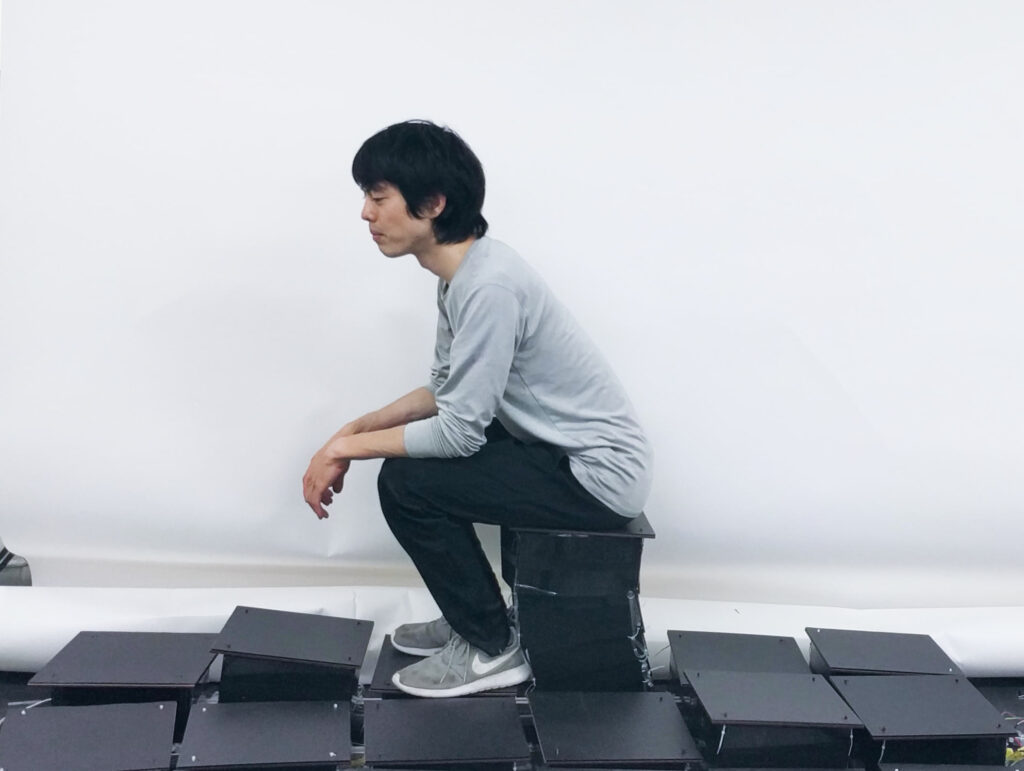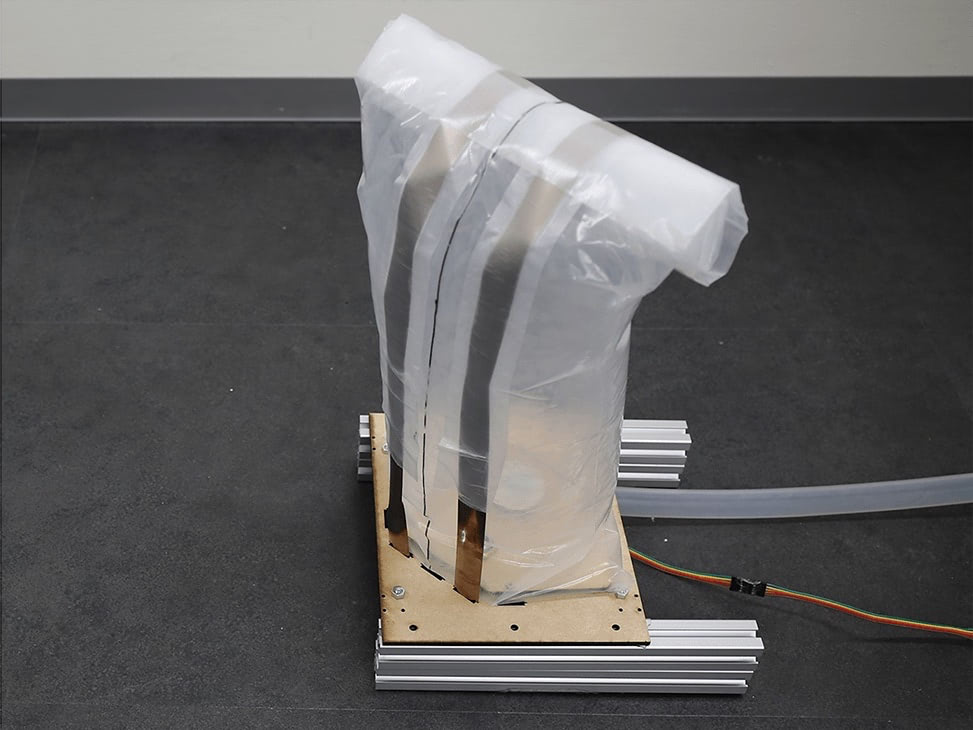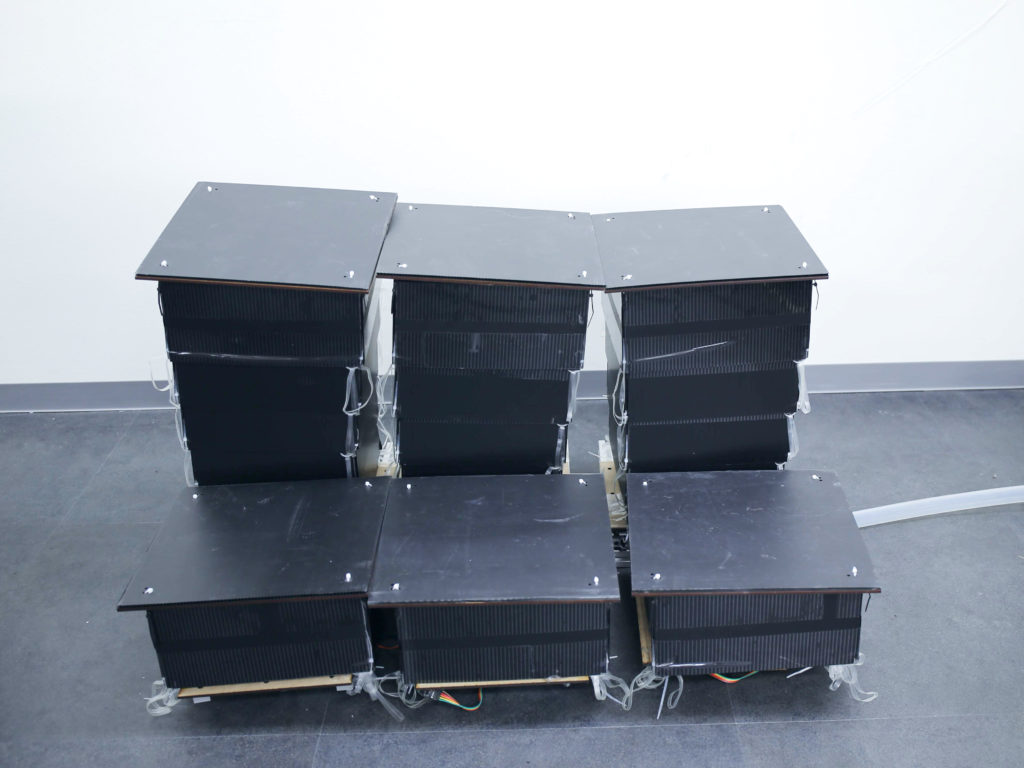
A few years ago, MIT’s Tangible Media Group developed “inFORM” — a dynamic display that used a series of motor-controlled pins to render digital content physically. In their latest project, the researchers have added some features to the existing platform to create what they’re calling “Materiable,” an interface that not only changes shape but also simulates a variety of materials such as rubber, water and sand.
Materiable’s tiny pins can be programmed with different properties simultaneously, as well as respond to touch and give haptic feedback in return. Each individual pixel has the ability to detect the pressure of user input and react with simulated physics via computer algorithms. This enables the interface to be used for everything from mocking up concepts, to prototyping landscape designs, to testing complex scenarios like earthquakes and tsunamis.
Shape changing interfaces give physical shapes to digital data so that users can feel and manipulate data with their hands and bodies. However, physical objects in our daily life not only have shape but also various material properties. In this project, we propose “Materiable,” an interaction technique to represent material properties using shape changing interfaces. Specifically, by integrating the multi-modal sensation techniques of haptics, our approach builds a perceptive model for the properties of deformable materials in response to direct manipulation without precise force feedback.
As a proof-of-concept prototype, we developed preliminary physics algorithms running on pin-based shape displays. The system can create computationally variable properties of deformable materials that are visually and physically perceivable. In our experiments, users identify three deformable material properties (flexibility, elasticity and viscosity) through direct touch interaction with the shape display and its dynamic movements.
Our research shows that shape changing interfaces can go beyond simply displaying shape allowing for rich embodied interaction and perceptions of rendered materials with the hands and body.
You can read more about the project on the Tangible Media Group’s page.





